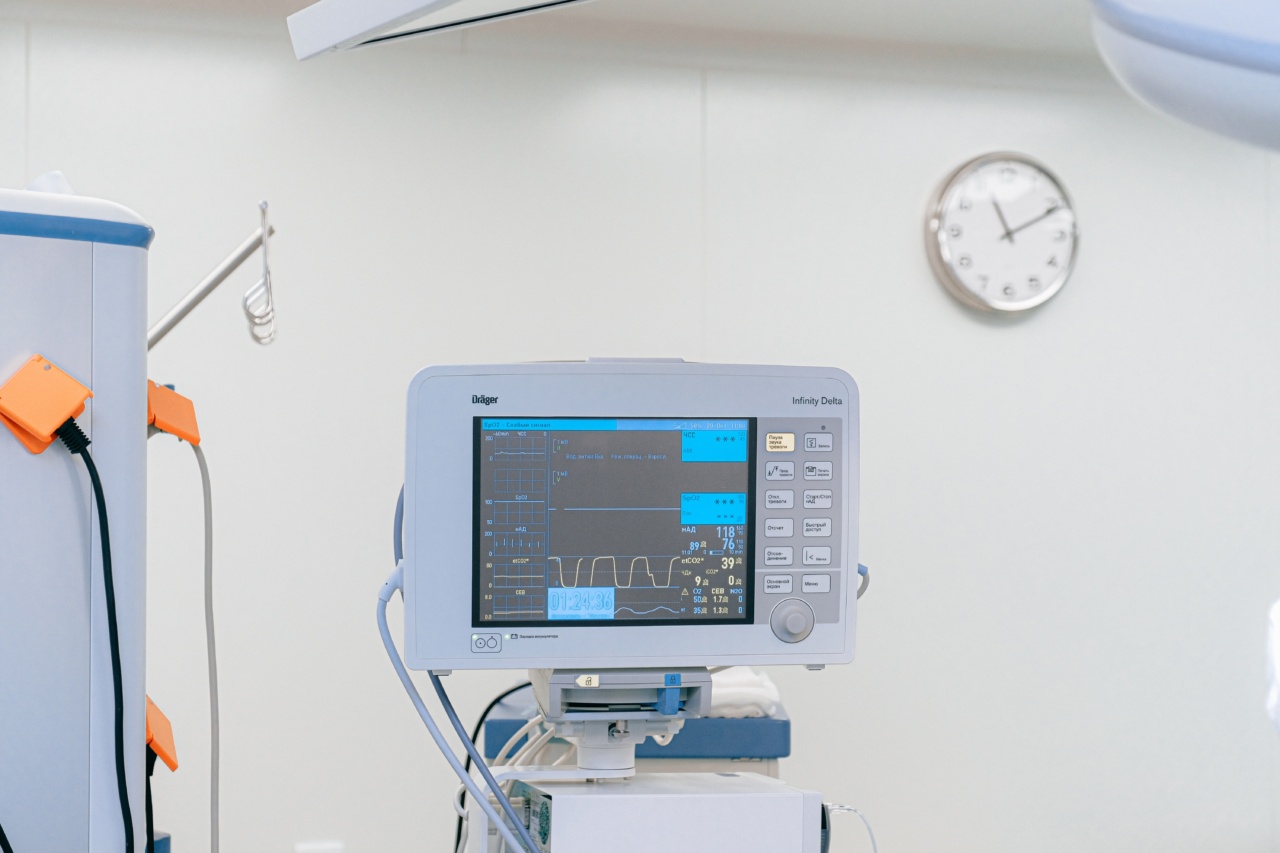Gout is a type of arthritis that affects millions of people worldwide. This condition is caused by the buildup of uric acid crystals in the joints, which can lead to pain, swelling, and inflammation.
Understanding the symptoms of gout is crucial for early diagnosis and effective treatment. In this article, we will explore the tell-tale signs of gout, so you can take action if you suspect you may be suffering from this condition.
What is gout?
Gout is a type of arthritis that causes sudden and severe pain, redness, and swelling in the joints. It is caused by an excess buildup of uric acid in the body, which forms sharp, needle-like crystals in the joints.
Gout can affect any joint, but it most commonly affects the big toe. It can also affect the ankles, knees, elbows, wrists, and fingers.
What are the symptoms of gout?
The symptoms of gout can vary from person to person, but common signs of gout include:.
1. Sudden and severe pain
Gout attacks often come on suddenly, with intense pain that can be described as burning, throbbing, or stabbing. The pain is usually concentrated in one joint, most commonly the big toe, and can make it difficult to walk or move the affected joint.
2. Redness and swelling
Gout attacks often cause redness and swelling in the affected joint. The skin over the joint may also feel warm to the touch.
3. Tenderness
The affected joint may be tender to the touch, and even the slightest pressure or movement can cause severe pain.
4. Limited mobility
Gout attacks can make it difficult to move the affected joint, and may even cause stiffness or immobility.
5. Fever and chills
In some cases, gout attacks may be accompanied by fever and chills.
Who is at risk for gout?
Gout is more common in men than women, and typically occurs in people over the age of 40. However, anyone can develop gout, including children. Some factors that may increase your risk for gout include:.
- Family history of gout
- Obesity
- High blood pressure
- Diabetes
- Kidney disease
- High alcohol consumption
- Eating foods high in purines
How is gout diagnosed?
To diagnose gout, your doctor will typically perform a physical exam and ask about your medical history.
They may also order blood tests to check your uric acid levels, as well as imaging tests such as X-rays or ultrasounds to examine the affected joint. In some cases, your doctor may extract fluid from the affected joint to check for the presence of uric acid crystals.
How is gout treated?
Treatment for gout typically involves a combination of medications and lifestyle changes. Medications such as nonsteroidal anti-inflammatory drugs (NSAIDs), corticosteroids, and colchicine can help reduce pain and inflammation during gout attacks.
Your doctor may also prescribe medications to lower your uric acid levels, such as allopurinol or febuxostat.
In addition to medications, making certain lifestyle changes can help prevent gout attacks and manage symptoms. This may include:.
- Eating a healthy diet low in purines
- Drinking plenty of water to help flush out uric acid
- Avoiding alcohol, especially beer
- Losing weight if you are overweight or obese
- Exercising regularly
When to seek medical help
If you experience sudden, severe joint pain, redness, and swelling, it is important to seek medical attention right away. Early treatment can help prevent gout attacks from worsening and causing long-term joint damage.
Conclusion
Gout is a type of arthritis that causes sudden, severe pain, redness, and swelling in the joints. By understanding the symptoms of gout, you can take action to seek medical help and receive the treatment you need.
If you suspect you may be suffering from gout, talk to your doctor about your diagnosis and treatment options.






























